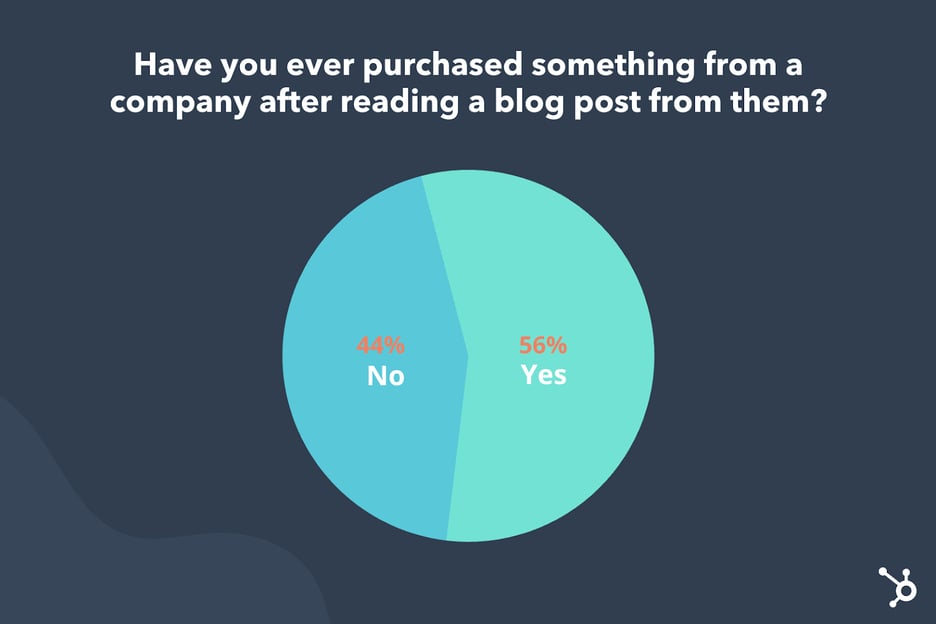

Five content marketing trends to look out for in 2022

What’s hot for the new year?
We’re getting ready for 2022 — which means we’re back with our annual prediction of next year’s content marketing trends.
Most aren’t new. In fact, here are five content marketing trends that have already reared their head this year and are likely to continue well into 2022
1. Video remains the top format for marketing purposes
In a 2021 HubSpot survey, videos were the most effective marketing format. And it looks like it won’t change anytime soon. It’s still the most used content, with 59% of marketers utilising video in their marketing strategy. 76% say video is the most effective, surpassing email campaigns or blogs. Video is also proven to provide strong returns, with 27% of respondents saying that it gives them their biggest ROI.
Keep in mind that short-form videos are likely the way to go; no one really has the patience to watch something that doesn’t grab their attention right from the get-go. Just look at the popularity of social media platforms like TikTok and Instagram Reels. In fact, 89% of marketers plan to continue or increase their short-form video budgets.
However, video can also come in the form of live streaming, webinars, and virtual events — something that all companies must adapt and pivot to during the pandemic. Having videos at your disposal allows you to repurpose your content into other forms, such as an article for a blog or in audio format for a podcast.
In the past, companies may have been reluctant to incorporate videos in their marketing strategy due to a lack of funds and resources. This is not the case today, especially with the many available smartphones and free editing software. Anyone can dip their toes into video production. The cost itself depends on how much you’re willing to put in, either a do-it-yourself approach or with a third-party service to produce a Hollywood-worthy production.
2. The rise of AR/VR
As technology becomes more sophisticated, integrating AR and VR into your marketing strategy is no longer a pipe dream but a real one. It allows you to interact with your customers in a unique and new way. You can transport your customers to a whole new world artificially created through VR headsets or simply by enhancing their surroundings with AR technology.
The HubSpot survey revealed that In 2021, 35% of marketers utilised AR or VR in their strategies, 42% of which plan to increase their spending in the upcoming year, whereas 9% will experiment with it for the first time in 2022. We have listed a few brands that have dabbled their feet in this trend. Take a peek, won’t you?
3. The expectation of personalisation
With more first-party data, there’s an expectation that it should be used to create content that is tailored to our individual tastes and preferences. There’s no better time than now for data-story storytelling.
This can range from recommendations of movies to watch on Netflix or new music to listen to with Daily Mix on Spotify — with smart predictions made based on your history and habits. And with all the hoo-ha around privacy, it turns out that customers do expect a certain level of personalisation in exchange for their data. At its simplest form, personalisation can come from Big Tech companies wishing you a happy birthday (on Facebook) or congratulations on your work anniversaries (on LinkedIn).
A more sophisticated approach would be creating personalised marketing emails and other collaterals specific to one customer only. Let’s say you’re an e-commerce platform that’s having a Black Friday sale; you can boost sales and traffic by sending a personalised email to your customers informing them of the sale and giving them unique discount codes for products they might want based on their search history. It also gives a sense of convenience to the customer as they’re only made to look at products they are already interested in.
However, keep in mind that privacy remains the top concern for customers, so be careful with the data you have. Keep them in your storage and other infrastructure if possible. Don’t share them with third parties, and invest in the right cybersecurity solutions or services to safeguard your business from data breaches.
4. The blog is here to stay
With new, easy-to-digest content types popping up on social media, you may think that the old approach of sharing your message via blogs may no longer work. But we’re here to tell you that this is not the case, especially if you write them well.
For the longest time, blogs have been a mainstay of most company websites. It’s a place where you can share information, news, and perspectives about what’s going on in your business and industry as a whole. This article is a perfect example; as a content marketing agency, we share our thoughts and predictions of content marketing trends in 2022.
Don’t forget to adhere to the best SEO practices so your website can be on top of search engines. After all, you rarely scroll past the first page of Google, right?
If you’re still unconvinced: a study has also found that 56% of respondents have made a purchase after reading a blog.
5. Case studies will continue to ensure credibility and leads
Will you be willing to be the first person to try a new service or product without any tangible results or proof? Most likely, you’ll be reluctant and apprehensive about it. The same logic also applies to your potential buyers or target audience. This is where having case studies count most.
It gives prospective buyers a deep dive into how your brand is beneficial to users; how your brand helps solve their problems and challenges. Essentially, it demonstrates how your product and services work, adding third-party credibility in the process.
Case studies can be un-gated content or gated content. Un-gated content means that it’s freely available to enable faster conversions. Meanwhile, gated content means that the case studies (mostly in PDF formats) can be downloaded after the prospective buyer fills in a form that entails their information such as their name, email, company, and phone number. By doing so, giving you new leads to be inputted into your CRM.
The same HubSpot survey found that 64% of marketers who leveraged case studies have seen a positive impact. This number is expected to grow as 37% of respondents plan to create case studies for the first time in 2022. We have made a case for having case studies as part of your marketing strategy.









